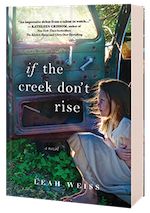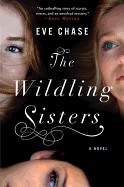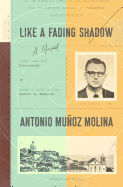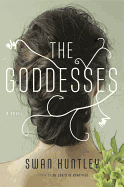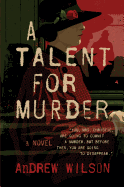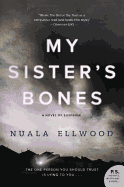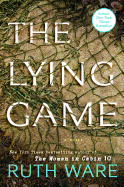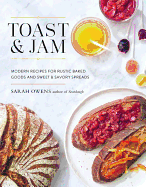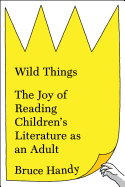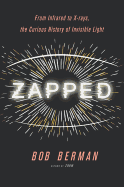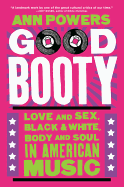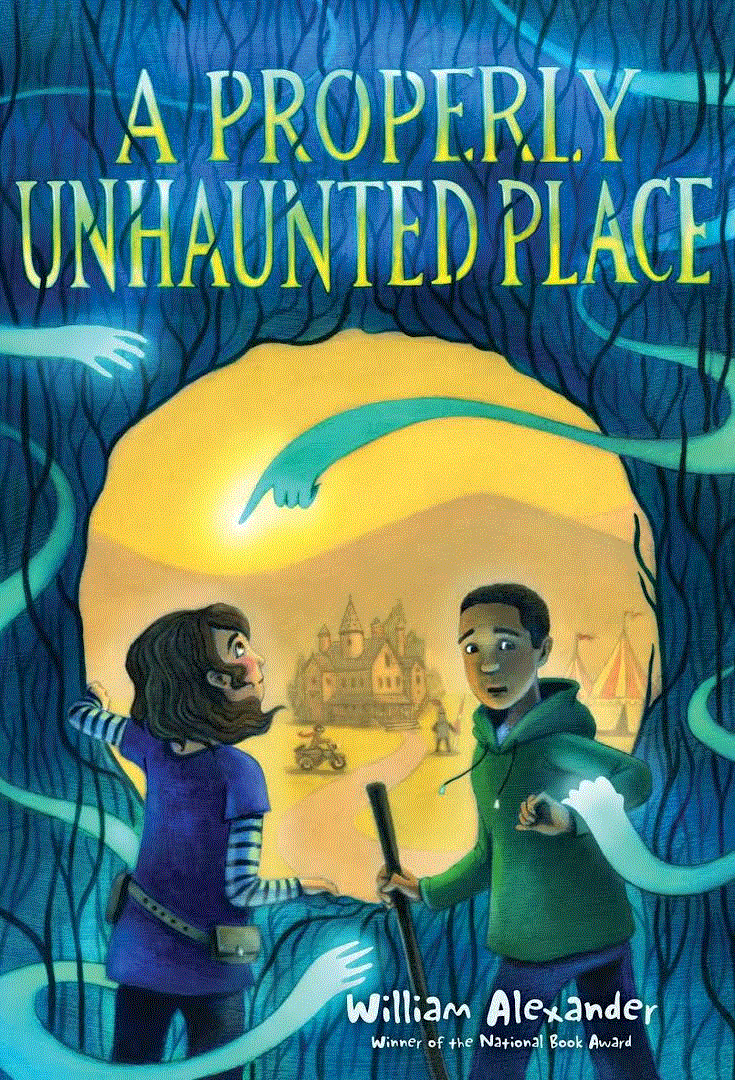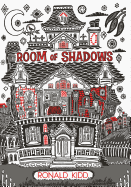
Leah Weiss retired in 2015 from a 24-year career as executive assistant to the headmaster at a private school in Lynchburg, Va., where she resides. She has written many short stories that have appeared in literary magazines. If the Creek Don't Rise (Sourcebooks) is Weiss's debut novel.
You started writing in the short story format, but did you always aim to write a novel?
In 2004, I began writing about my mama Lucy's life. She was born in 1926 in eastern North Carolina, one of 15 children raised on a tobacco farm with no running water or electricity. I thought her family needed to know more about her humble beginnings. Then, to help me learn to write better, I turned to short story contests with a word limit and an opening prompt. I loved that I could write a short story in a few weeks and study the winning story when it was posted online or showed up in the following month's Writers Digest. Gradually my own stories began to get published. I wrote a novel in 2009 but it didn't find an agent. It must have been the book I cut my writing teeth on (or so it is said). That novel took a long stretch of time, so when I put that project on the shelf, I returned to short stories to gain more experience on a smaller stage.
If the Creek Don't Rise takes place in Appalachia in the 1970s. What kind of work did you do to ensure the voices and the setting were authentic?
Though I was born in the flatlands of eastern N.C., I'm a mountain girl at heart. The peaks and hollers of Appalachia speak to me at my core. That said, writing an authentic Appalachian tale set in 1970 took a lot of research, running down many rabbit holes to find the kernels of truth. Moonshine, ginseng, coal mining, exorcisms, healing herbs and Mother Jones were just a few of the topics I explored in an attempt to ground the book in reality that was recognizable.
There are 10 major characters telling Sadie Blue's story. How did you manage that?
When I read Olive Kitteridge by Elizabeth Strout, its unique format intrigued me. I wondered if I could write a series of stories that knit the voices so tightly that they read like a novel. When I started this project, based on a winning short story, I didn't know how many characters I'd need to tell Sadie Blue's tale, but I knew I needed variety: hard and soft voices, bitter and sweet, old and young, with a healthy dash of humor. In the end, ten voices had merit and staying power.
Did you write the book in the order it's been published?
This is a good question, and simply put: no, I didn't write the stories in order. It wasn't until near the end that the individual pieces fell into place, neatly bookended by Sadie's story. At that point, I studied each story for lines I could weave among the characters, hints I could drop. When I started the book in earnest in the summer of 2014, I only had Sadie's story, part of her grandma Gladys's story, half of Billy Barnhill's tale and most of Tattler Swann's.
And how did they evolve?
With Sadie's redemption at the heart, my job was to identify the people who influenced her in profound ways--initially the good and bad men and women in her life. Witchy medicine woman Birdie Rocas's story was the most fun to write (I do have a penchant for the metaphysical). And the preacher Eli Perkins and Kate Shaw, the teacher, were needed to bring sound hope for change to Sadie.
You said you wondered about the rest of Sadie's story after you wrote her short story, and that's how If the Creek Don't Rise came about. With a slew of fascinating characters, do you have interest in pursuing their stories?
I have the seed for my next book that I've been lightly researching for the past two years, and the setting is my mama's birth land. That said, I haven't fully committed myself to that project. So maybe Sadie Blue will live on in another book because If the Creek Don't Rise ends in exactly the same place as the short story ended, so I don't know what Sadie's future brings beyond that pivotal moment.
What is one of the most important things you've learned from your first novel that you'll integrate into your writing going forward?
Write more words and be less picky in the process. I recently attended a creative writing class in Greenville, S.C., taught by my good friend Sue Inman. She gave us some keywords to jumpstart our imagination, then told us to write for 10 minutes. We were instructed not to reread or rewrite, but only plow forward. When the timer went off, we took turns reading our stories, and I was surprised to find real meat on them writing bones! With this first book, I started each writing day rehashing and rearranging yesterday's words, and pretending I was actually writing. With the next book, I'll listen to Sue's voice in my head urging me to drive forward, not in reverse.
What's next?
If the Creek Don't Rise resonated with agent Rebecca Gradinger two years back, then publisher Shana Dreys fell in love with it a year ago. The time in-between involved four major rewrites to tighten the storyline, eliminate excess tangents and improve pacing. Sadie and her tribe have been at the heart of my days for four years. Now that final proofreader edits are done and the words set in stone, I get to enjoy the next phases, ones that speak to the extrovert in me. Yet I already feel an eagerness to dive into the next book. Will Sadie Blue be part of it? Hmmm... I wonder. --Jen Forbus
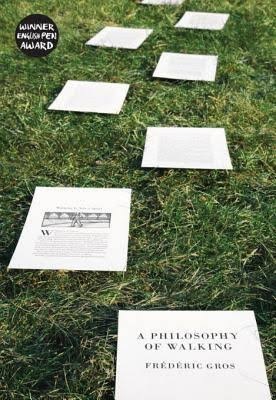 Wandering pays off, as does strolling, sauntering, rambling and being an urban flâneur--all ways of walking that Frédéric Gros meditates on in A Philosophy of Walking. Walking is good for the soul, as well as the body. Gros writes about the process of self-liberation as one walks, and ruminates on escape, pilgrimage, urban gardens and famous walkers like Kant (every day at 5 p.m. for one hour). The book is illustrated with lovely woodcuts; even the note on the typeface (Trinité) is charming.
Wandering pays off, as does strolling, sauntering, rambling and being an urban flâneur--all ways of walking that Frédéric Gros meditates on in A Philosophy of Walking. Walking is good for the soul, as well as the body. Gros writes about the process of self-liberation as one walks, and ruminates on escape, pilgrimage, urban gardens and famous walkers like Kant (every day at 5 p.m. for one hour). The book is illustrated with lovely woodcuts; even the note on the typeface (Trinité) is charming. 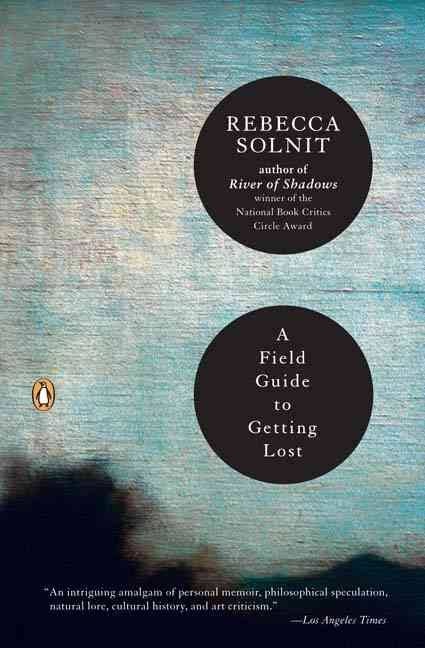 Rebecca Solnit's essays in A Field Guide to Getting Lost deepen the experience of wandering, as she melds the natural with the philosophical. She once loved a man who was like the desert. "It wasn't particular things but the space between them, that abundance of absence, that is the desert's invitation." In "The Blue of Distance," she writes about cartography and flying, ending with "We fly; we dream in darkness; we devour heaven in bites too small to be measured."
Rebecca Solnit's essays in A Field Guide to Getting Lost deepen the experience of wandering, as she melds the natural with the philosophical. She once loved a man who was like the desert. "It wasn't particular things but the space between them, that abundance of absence, that is the desert's invitation." In "The Blue of Distance," she writes about cartography and flying, ending with "We fly; we dream in darkness; we devour heaven in bites too small to be measured."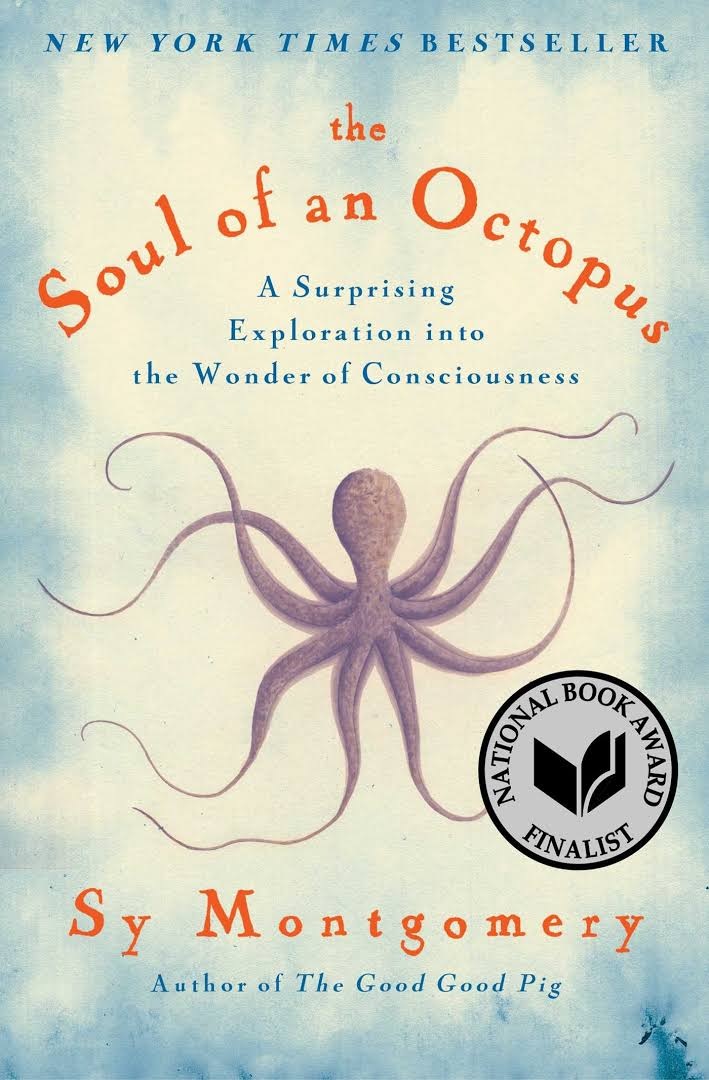 A more concentrated exploration is undertaken by Sy Montgomery in The Soul of an Octopus. Octopuses have personalities, they are complex and intelligent, they are tricksters, they can be charming or cranky. Montgomery watches one octopus, Athena, interact with her aquarium keeper: "She plays gently with Wilson's hands and forearms... her suckers gently kissing his skin. With me, before, her suction had felt exploratory, insistent. But with Wilson she is completely relaxed." This book will fill you with wonder. --Marilyn Dahl, reviewer
A more concentrated exploration is undertaken by Sy Montgomery in The Soul of an Octopus. Octopuses have personalities, they are complex and intelligent, they are tricksters, they can be charming or cranky. Montgomery watches one octopus, Athena, interact with her aquarium keeper: "She plays gently with Wilson's hands and forearms... her suckers gently kissing his skin. With me, before, her suction had felt exploratory, insistent. But with Wilson she is completely relaxed." This book will fill you with wonder. --Marilyn Dahl, reviewer


